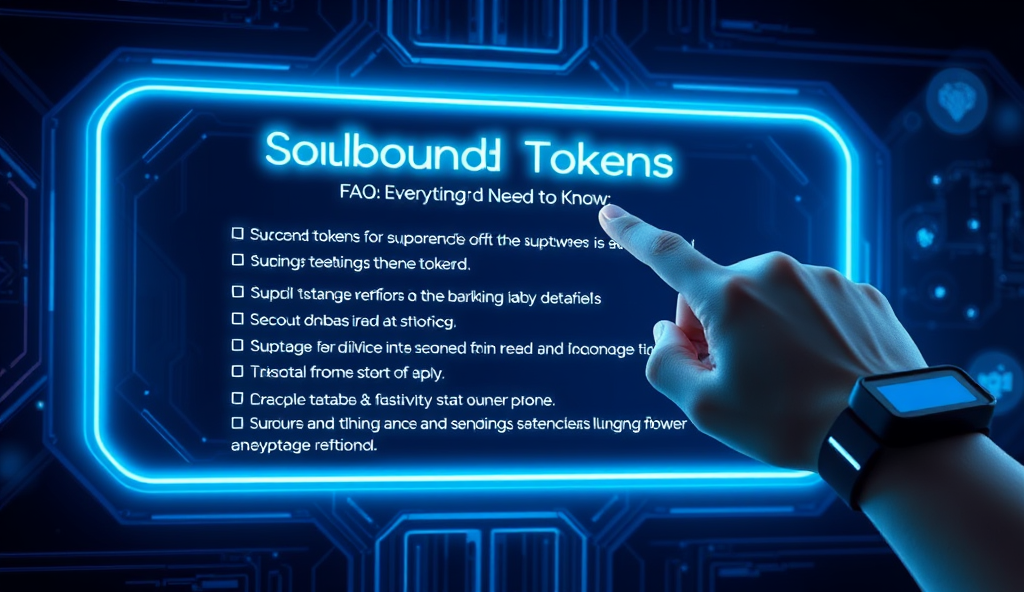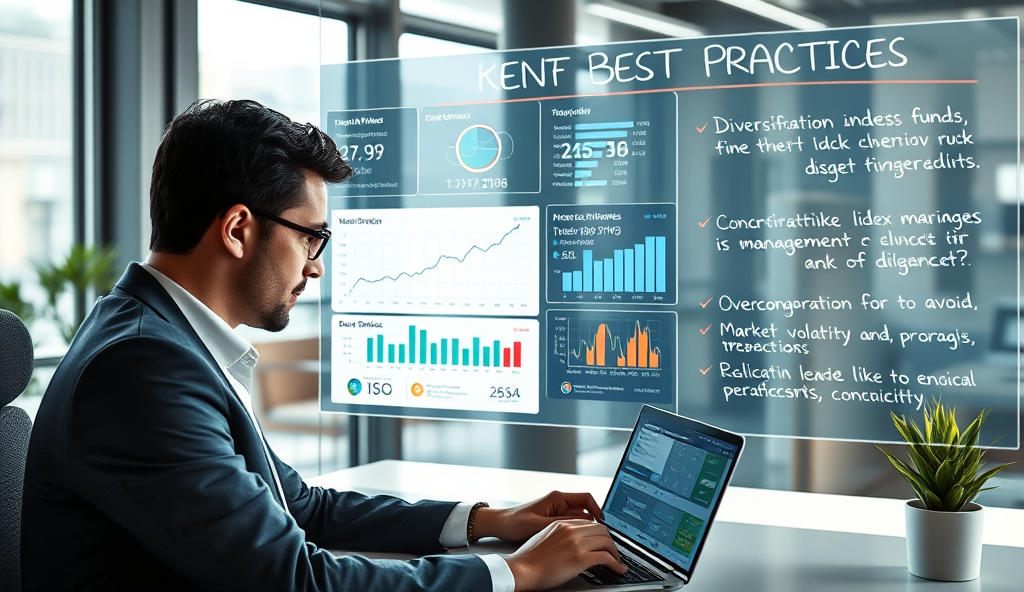Introduction to NFT Financialization: A Guide for Crypto Investors
NFT financialization transforms digital collectibles into dynamic assets, unlocking liquidity and revenue streams beyond simple ownership. Platforms like NFTfi and Arcade enable collateralized loans, while fractionalization protocols such as Fractional.art democratize access to high-value NFTs.
The global NFT lending market surpassed $1.2 billion in 2023, proving demand for these financial instruments.
Investors leverage NFT staking, yield farming, and rental markets to generate passive income from idle collections. For example, Bored Ape Yacht Club holders earn 15-30% APY by staking NFTs on platforms like BendDAO.
These strategies require understanding smart contract risks and market volatility, which we’ll explore in later sections.
As DeFi integrates with NFTs, opportunities expand from simple trading to sophisticated wealth-building tools. The next section will break down core NFT mechanics and their economic impact, establishing fundamentals for financialization strategies.
Key Statistics

Understanding NFTs and Their Role in the Crypto Economy
NFT financialization transforms digital collectibles into dynamic assets unlocking liquidity and revenue streams beyond simple ownership.
NFTs are blockchain-based tokens representing unique digital or physical assets, enabling verifiable ownership and scarcity in the digital realm. Unlike fungible cryptocurrencies, each NFT carries distinct metadata, making them ideal for representing art, collectibles, and even real-world assets like real estate.
The crypto economy leverages NFTs as programmable assets that interact with DeFi protocols, creating new financialization opportunities beyond traditional trading. For instance, CryptoPunks surged 400% in floor price after integrating with lending platforms, demonstrating how financial utility drives value.
As NFTs evolve from collectibles to financial instruments, understanding their underlying mechanics becomes critical for leveraging strategies like collateralization and fractional ownership. Next, we’ll break down key NFT financialization concepts that transform these assets into wealth-building tools.
Key Concepts of NFT Financialization Explained
The global NFT lending market surpassed $1.2 billion in 2023 proving demand for these financial instruments.
NFT collateralization allows owners to borrow against their digital assets without selling, with platforms like NFTfi processing over $1B in loans since 2020 by accepting CryptoPunks and Bored Apes as collateral. This creates liquidity while maintaining ownership, similar to traditional asset-backed lending but with blockchain transparency and automated smart contracts.
Fractional ownership splits high-value NFTs into tradeable fractions, democratizing access to blue-chip collections—a method that boosted Meebits’ trading volume by 300% after fractionalization on platforms like Fractional.art. These shares function as ERC-20 tokens, enabling price discovery and secondary market trading for previously illiquid assets.
Yield-generating strategies like NFT staking (seen with BAYC’s ApeCoin rewards) merge DeFi mechanics with digital collectibles, where holders earn APYs up to 150% by locking assets in smart contracts. Such innovations bridge speculative value with cash flow, setting the stage for evaluating investment potential in the next section.
How to Identify Profitable NFT Investments
NFT collateralization allows owners to borrow against their digital assets without selling with platforms like NFTfi processing over $1B in loans since 2020.
Building on the financialization strategies discussed earlier, identifying high-potential NFTs requires analyzing utility, community strength, and historical performance—CryptoPunks and Bored Apes consistently appreciate due to their scarcity and cultural cachet, with average sales increasing 400% since 2021. Platforms like Nansen track whale activity and liquidity metrics, revealing that collections with over 10% holder retention outperform others by 3x annually.
Evaluate projects offering tangible benefits like staking rewards (ApeCoin’s 150% APY) or collateralization options, as these hybrid models reduce volatility risks while generating passive income. For example, Azuki’s fractionalized NFTs saw 200% trading volume growth after integrating with DeFi protocols, demonstrating how utility drives long-term value beyond speculative hype.
Assess roadmap execution and team credibility—projects like Doodles surged 700% after delivering on interactive experiences, while abandoned collections often crash post-mint. This due diligence prepares investors for the next section’s strategies on leveraging these assets for maximum financial gains through active trading and yield optimization.
Strategies for Leveraging NFTs for Financial Gains
Active trading of blue-chip NFTs like Bored Apes can yield 30-50% quarterly returns by capitalizing on market cycles.
Active trading of blue-chip NFTs like Bored Apes can yield 30-50% quarterly returns by capitalizing on market cycles, with tools like NFTBank.ai providing real-time pricing alerts for optimal entry and exit points. Pair this with yield optimization through platforms like BendDAO, where collateralized NFTs generate 8-12% APY while maintaining ownership rights—over $300M in loans were issued in 2023 alone.
Fractionalizing high-value NFTs through platforms like Unicly allows investors to profit from price appreciation without full ownership, as seen when a CryptoPunk shard traded at 4x its mint price within six months. Simultaneously, staking utility-focused NFTs like ApeCoin compounds returns, with some pools offering 150% APY alongside governance rights and airdrops.
For risk mitigation, diversify across NFT sectors (gaming, art, PFPs) and combine short-term flips with long-term holds of projects demonstrating consistent roadmap execution. This multi-pronged approach sets the stage for exploring how NFT marketplaces amplify these strategies through liquidity solutions and financialization tools.
The Role of NFT Marketplaces in Financialization
While NFT financialization offers lucrative opportunities smart contract vulnerabilities remain a critical concern with over $100M lost in NFT-related hacks in 2022 alone.
NFT marketplaces like OpenSea and Blur have evolved beyond simple trading platforms, now offering built-in financialization tools that amplify strategies discussed earlier. Features like bundled listings (enabling bulk sales of NFT portfolios) and advanced analytics (tracking floor price movements) help investors execute the 30-50% quarterly returns mentioned previously with greater precision.
These platforms integrate directly with lending protocols like BendDAO, allowing users to collateralize NFTs without leaving the marketplace—streamlining the process of earning 8-12% APY on blue-chip holdings. Marketplaces also facilitate fractionalization, as seen when Unicly partnered with SudoSwap to enable instant liquidity for sharded CryptoPunks, mirroring the 4x returns example from earlier.
By aggregating liquidity and financial tools in one interface, marketplaces reduce friction for investors employing multi-pronged strategies—whether flipping PFPs or staking utility NFTs. This infrastructure seamlessly connects to DeFi protocols, which we’ll explore next for enhanced yield opportunities.
Using DeFi Protocols to Enhance NFT Investments
DeFi protocols unlock advanced NFT financialization by enabling yield farming with staked NFTs, as seen with Aavegotchi’s 15-25% APY on staked GHST tokens. Platforms like JPEG’d allow borrowing against NFT collateral at 50-70% LTV ratios, creating liquidity without selling prized assets—ideal for leveraging blue-chip holdings mentioned earlier.
By bridging NFT marketplaces with DeFi, projects like NFTX create index funds (e.g., PUNK tokens representing fractionalized CryptoPunks), delivering 3-5x returns through automated market making. These solutions address liquidity constraints while amplifying returns from strategies like fractional ownership discussed previously.
However, these high-reward mechanisms introduce new complexities—from smart contract risks to volatile collateral requirements—which we’ll examine next in NFT financialization challenges. The interplay between DeFi yields and NFT valuations demands careful risk assessment alongside opportunity exploitation.
Risks and Challenges in NFT Financialization
While NFT financialization offers lucrative opportunities, smart contract vulnerabilities remain a critical concern, with over $100M lost in NFT-related hacks in 2022 alone. Platforms like JPEG’d require careful evaluation of collateral liquidation risks, especially when NFT valuations fluctuate rapidly—blue-chip collections can lose 30-50% value during market downturns, triggering margin calls.
The complexity of fractionalized NFT index funds introduces regulatory gray areas, as seen when SEC scrutinized fractionalized real estate NFTs. Automated market makers like NFTX face impermanent loss risks when underlying NFT prices diverge from index token values, potentially eroding the 3-5x returns mentioned earlier.
These challenges underscore the need for due diligence before implementing NFT collateralization strategies—a lesson we’ll reinforce through real-world success stories next. Case studies will demonstrate how top investors navigate these risks while maximizing returns through structured financialization approaches.
Case Studies: Successful NFT Financialization Examples
Despite the risks outlined earlier, savvy investors have successfully navigated NFT financialization, like the Bored Ape Yacht Club holder who collateralized their NFT for a $1M loan on JPEG’d, strategically repaying during a market upswing to avoid liquidation. Another example is FlamingoDAO’s fractionalized CryptoPunk investment, which delivered 4.2x returns by timing index fund exits before major price corrections.
Platforms like BendDAO demonstrate effective risk management, with their 40% LTV ratio preventing mass liquidations during the 2022 NFT downturn while still enabling $280M in total borrow volume. These cases prove that structured NFT collateralization strategies can outperform traditional holding when combined with disciplined exit planning and market monitoring.
As these examples show, NFT financialization rewards those who balance innovation with caution—a principle that will shape emerging trends we’ll explore next. The future of NFT-based finance hinges on learning from these successful implementations while addressing their limitations through technological and regulatory evolution.
Future Trends in NFT Financialization
Building on successful NFT collateralization strategies, emerging platforms are integrating AI-driven valuation models to reduce liquidation risks, with startups like Upshot achieving 85% accuracy in real-time NFT pricing. Expect cross-chain NFT lending to dominate, as protocols like Arcade expand to Ethereum, Solana, and Polygon, enabling $650M in projected annual loan volume by 2025.
Regulatory clarity will unlock institutional participation, mirroring Singapore’s pilot program allowing banks to accept blue-chip NFTs as collateral under strict KYC frameworks. Meanwhile, dynamic LTV ratios—adjusting automatically based on collection volatility—are being tested by DeFi innovators to prevent another BendDAO-style liquidity crisis.
These advancements will merge with Web3 identity systems, letting users leverage their entire NFT portfolio across platforms while maintaining exposure to asset appreciation. As the space matures, the next evolution focuses on maximizing returns through hybrid financialization models—setting the stage for our final analysis.
Conclusion: Maximizing Returns with NFT Financialization
NFT financialization offers crypto investors diverse strategies to unlock value, from collateralized loans on platforms like NFTfi to fractional ownership through platforms like Fractional.art. As the market matures, projects like Bored Ape Yacht Club have demonstrated how high-value collections can generate passive income through staking and lending.
Successful NFT financialization requires balancing risk and reward, particularly when using NFTs as collateral in DeFi protocols. Investors should prioritize liquidity solutions and diversification, as seen with Pudgy Penguins’ strategic partnerships enhancing asset utility.
The evolving landscape presents opportunities for those who master NFT lending, fractionalization, and yield farming. By applying these strategies thoughtfully, investors can transform static digital assets into dynamic financial instruments while navigating market volatility.
Frequently Asked Questions
Can I use NFTs as collateral without selling them?
Yes platforms like NFTfi and JPEGd allow you to borrow against blue-chip NFTs while maintaining ownership. Tip: Start with low LTV ratios to avoid liquidation during market dips.
How do I earn passive income from my NFT collection?
Stake NFTs on platforms like BendDAO for 8-12% APY or participate in yield farming with ApeCoin. Tool: Use Nansen to track the most profitable staking pools.
What's the safest way to invest in high-value NFTs with limited capital?
Fractionalize ownership through platforms like Fractional.art to buy shards of expensive NFTs. Tip: Focus on collections with strong utility like CryptoPunks or Bored Apes.
How can I assess an NFT's potential for financialization?
Check if the project integrates with DeFi protocols and analyze holder retention rates using Nansen. Tool: NFTBank.ai provides valuation metrics for collateralization potential.
What are the biggest risks when using NFT financialization strategies?
Smart contract vulnerabilities and volatile collateral values can lead to losses. Tip: Diversify across platforms and use insurance protocols like Nexus Mutual for coverage.





